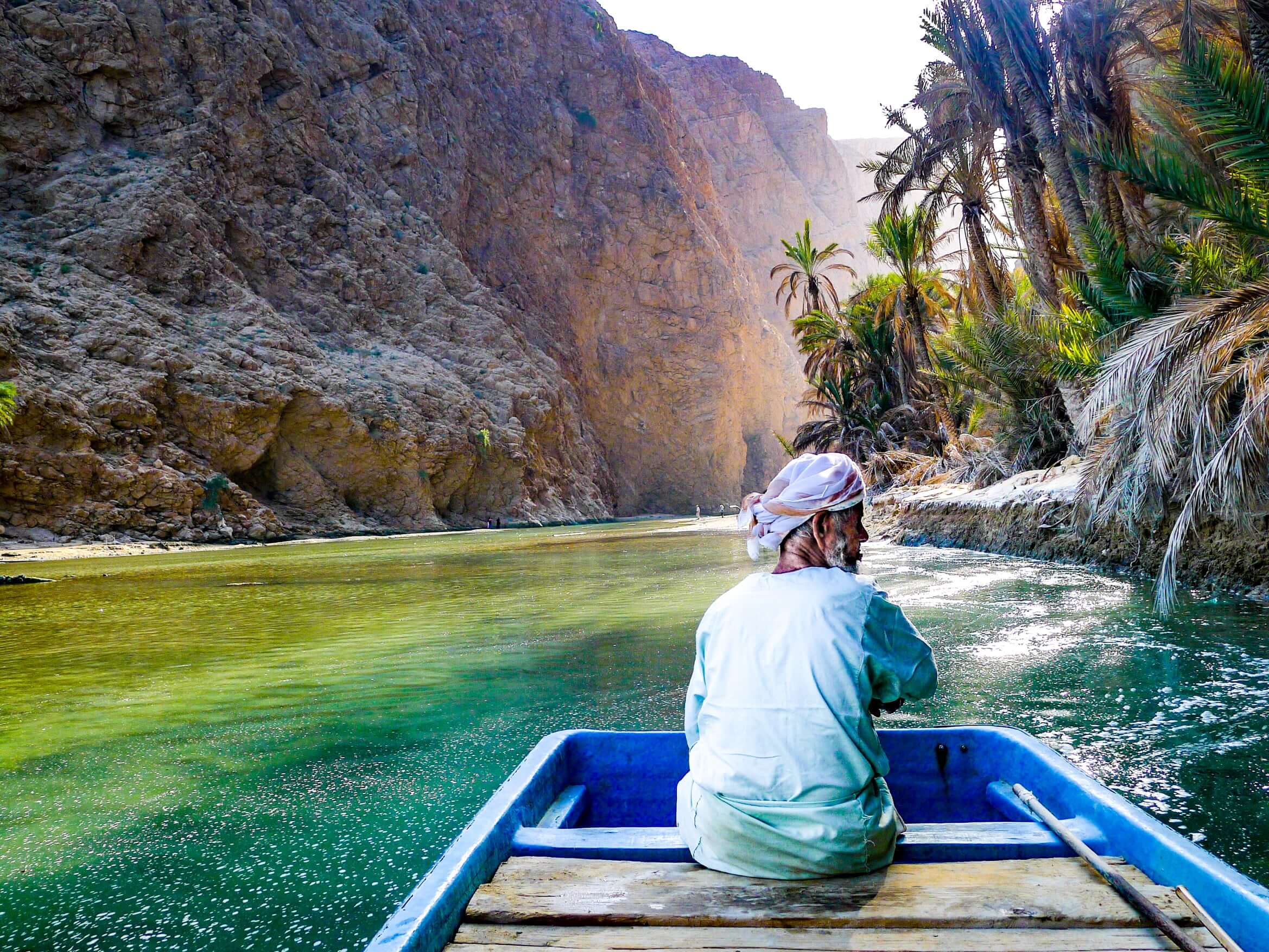After an unprecedented halt in tourism at the height of the covid-19 pandemic, a slow recovery in global tourism is under way.[1] According to the United Nations World Tourism Organisation (UNWTO), global international tourist arrivals increased by 130% in January 2022 compared with 2021.[2] The industry is a valuable contributor to livelihoods—both directly and through its vast supply chain—accounting for over 10% of global GDP.[3]
But while it is a significant economic contributor, the tourism industry is also responsible for environmental degradation through carbon emissions, waste generation and resource depletion.[4] It accounts for 8% of global greenhouse gas emissions,[5] and is also responsible for around 14% of all solid waste generated globally.[6] These challenges to sustainability are even more concerning in the Middle East region, where the tourism industry is expected to more than double in size by 2030—the fastest projected growth of any region in the world.[7]
A rapid recovery in tourism as it is structured today threatens global efforts to address climate change and reach net zero. But it also offers opportunities for the sector to break the link between economic growth and environmental degradation.
Circularity principles offer a solution, emphasising the recycling and regeneration of resources to maximise use, and the reduction of waste. They go beyond isolated initiatives to address sustainability challenges to instead take a life-cycle approach that embeds sustainability across the tourism value chain.
How can tourism be transformed from a linear to a circular industry? Where in the tourism supply chain can the most value be created for catalysing a circular economy in the Middle East? What are the barriers to creating a sustainable tourism industry? What role should different stakeholders play?
Our report explores these questions, offering insight into global best practice in embedding circularity across tourism value chains, and how this best practice can be applied within the unique context of the Middle East region.
Download report (English)
Download report (Arabic)





